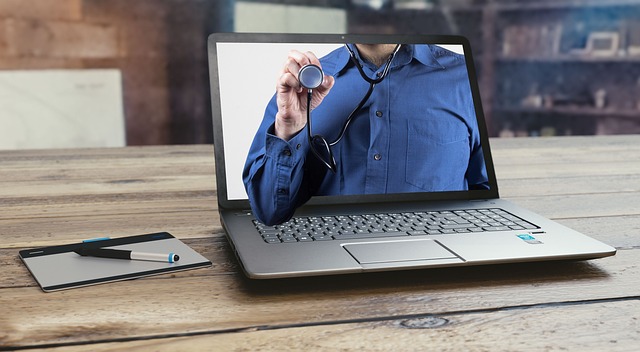Telehealth services allow for remote monitoring of a patient’s health without them being present at the healthcare facility. They are a great way to ensure that patients with chronic conditions can keep up with their appointments and maintain their health. There are many telehealth services available, but they can be improved by the addition of IoT power. This article will explore ways in which IoT power can improve telehealth services by identifying which technologies should be implemented. It also looks at some potential challenges that need to be considered first to make the most out of IoT power when implementing telehealth services.
What Telehealth Services can be improved by IoT power?
Telehealth services allow for remote monitoring of a patient’s health without them being present at the healthcare facility. They are a great way to ensure that patients with chronic conditions can keep up with their appointments and maintain their health. There are many telehealth services available, but they can be improved by the addition of IoT power. This article will explore ways in which IoT power can improve telehealth services by identifying which technologies should be implemented.
It also looks at some potential challenges that need to be considered first to make the most out of IoT power when implementing telehealth services. With an increase in the number of patients with chronic conditions, the need for remote health monitoring has increased as well. It is critical for these patients to be able to get all their regular checkups. Even if they live far away from the nearest healthcare facility, the presence of sensors allows for the remote monitoring of their health. At the same time, sensors can also provide information about the environment of the patient. The information that sensors collect can be used to track their health and provide remote care.
Role of sensors in telehealth services
Sensors allow for remote monitoring of various health and environmental factors of the patient. These sensors are attached to various aspects of the patient’s health, lifestyle, and environment. The information that sensors collect can be used to track the health of a patient and send remote care. These sensors can be placed inside the patient’s home, office, or vehicle to allow for remote monitoring and remote care. The type of sensors used in telehealth services can vary depending on the patient and the environment. For example, a sensor that tracks the pat’s heart rate and blood pressure can let the healthcare provider know if there is an issue with the pat’s health. Other sensors can be used to track other aspects of the pat’s environment like the air quality, temperature, vibration, sound, light, etc.
Data collection using devices
Devices are helpful for collecting data from sensors. This can help both the patient and healthcare provider gain insight into the health condition of the patient. Data can be collected manually or automatically using sensors. It can be used to set rules to collect data or allow the healthcare provider to see the data remotely. It can be used to trigger alarms, rules, or notifications.
Collecting data manually can let the healthcare provider track the information about the patient’s health and environment. This can be done using devices like smart meters, wearables, smart scales, or sensors like heart rate monitors, blood pressure cuffs, or glucose meters. Automated data collection can be used to set rules to collect data automatically. This can be used to send notifications when certain data thresholds are reached or alarms are triggered. It can also be used to collect data remotely without requiring the patient to wear or carry the device.
Smart implementation of voice recognition and speech-to-text algorithms
Voice recognition is used to convert the pat’s voice into text. It is helpful for converting the pat’s speech into text that they can see and use. At the same time, the conversion of the pat’s voice into text can remove the need for the pat to speak. This can help reduce the burden on the part and also make remote health monitoring more efficient. While voice recognition is helpful, it is best implemented with a speech-to-text algorithm. This can be used to convert the pat’s speech into text. The text can be displayed on the pat’s device or sent to a server. Speech-to-text can be implemented during a call or even through email and text messages.
Conclusion
Telehealth services can be improved by adding IoT power. With the help of sensors, devices, data collection, and voice recognition, remote health monitoring and care can be provided. Data can be collected manually and automatically using sensors, and voice can be converted into text using speech recognition and text-to-speech algorithms.


1 Comment
Pingback: Kennedy Funding Ripoff Report Explained - Pteoo